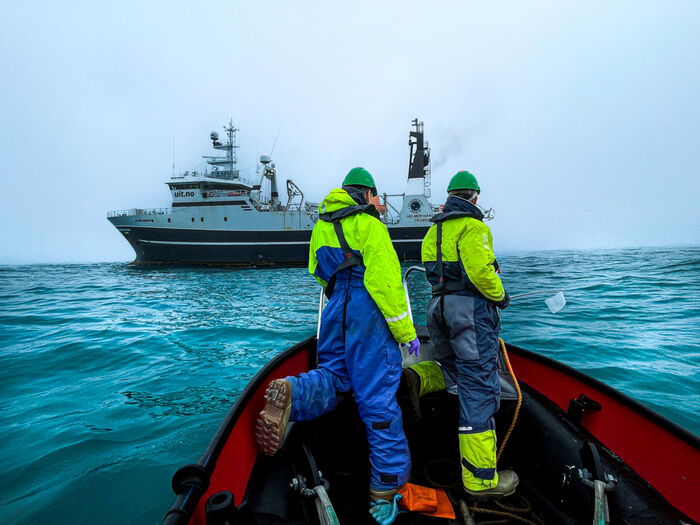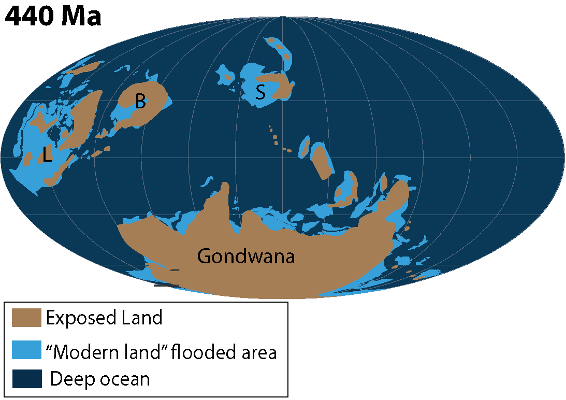Around 445 million years ago, the Earth experienced the first of its five major crises, the end-Ordovician mass extinction. This event coincided with a short but widespread glaciation that culminated a 50 million-year cooling period. Although the cooling trend is observed by several local-to-regional temperature studies, and coincides with one of the most important evolutionary diversifications on Earth, it is not yet fully understood. A new study investigated the forcings that may have triggered this intense climate change using a model that coupled climate and carbon cycle simulations.
The CEED blog
The Arctic landscape has many interesting features, many of which have names that derive from a range of languages. But who... or what... are they named after? Over the summer months, Bachelors student Annabel Flatland from Williams College in the USA joined Grace Shephard and the POLARIS project for an internship on Arctic geology and geophysics, and found out some of the origins behind a couple of the names along the way.
Ikaite is a rare mineral that is chemically identical to calcite, but has a different crystal form which contains water in its structure. It is found naturally growing in places that are characterized by low temperatures and unusual chemistry. First discovered forming tufa towers in the Ikka Fjord in Greenland (from which it gets its name), it has since been discovered growing in seafloor sediments around continents. Yet, when it is collected, it rapidly breaks down to a wet crystal mush. Little is understood about what it breaks down to and how it breaks down. So a team of researchers designed a series of experiments to observe ikaite breaking down in the laboratory, in order to find answers.
Greetings from onboard the research vessel R/V Helmer Hanssen, where we are exploring the Barents Sea, in the region south and southeast of Svalbard. It is a very international cruise, with 9 different nationalities, from six institutions, joining forces to map the polar seafloor and subsurface. In particular, we are on the hunt for bubbles (of the methane kind and not the drinking kind, sadly).
In deep time (i.e., >100 Million years ago), the number of methods that can be used to reconstruct global sea level is limited and mostly restricted to observations of changes in fossils and sediment types that mark the moving position of the shoreline. However, these methods simultaneously measure global sea-level change and local uplift or subsidence at the observation point. A new study published in Gondwana Research instead reconstructs global sea level change from estimates of past continental flooding. Flooding measurements represent averages across large continental areas, which makes them less sensitive to regional modifications. The new study demonstrates the accuracy of this method over the past 520 million years and its potential use for even deeper time.

The CEED blog covers some behind-the-scenes about our latest research and activities. The contributors are a mix of students and staff from The Centre for Earth Evolution and Dynamics, Dept. of Geosciences, University of Oslo, Norway.






